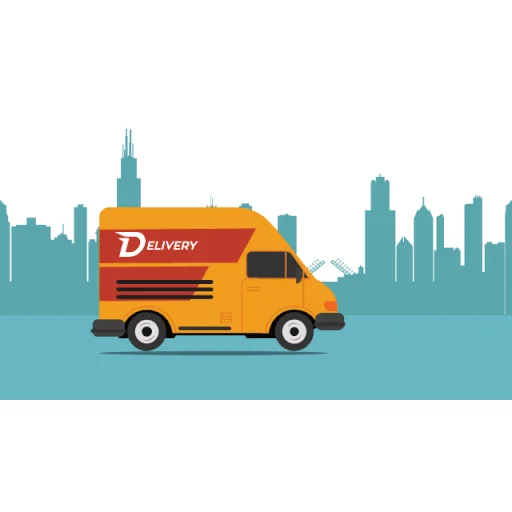Payment and Shipping Process



E-commerce payment software allows merchants to accept various payment methods, including credit cards, debit cards, digital wallets (such as PayPal or Apple Pay), and alternative payment options (such as bank transfers or cryptocurrencies). It securely captures payment details from customers during the checkout process.
E-commerce payment software incorporates security measures to protect sensitive customer payment data. It typically supports Payment Card Industry Data Security Standard (PCI DSS) compliance, encryption protocols, tokenization, and fraud detection mechanisms to minimize the risk of unauthorized access or fraudulent transactions.
For businesses offering subscription-based services or recurring billing, e-commerce payment software often includes features to manage and automate recurring payments. This allows for convenient and automated billing cycles for customers while reducing administrative tasks for merchants.
Payment software integrates with payment gateways, which are services that securely transmit payment information between the customer, the merchant, and the acquiring bank or financial institution. This integration ensures that payment data is encrypted and protected during transmission.
Payment software provides reporting and analytics tools that offer insights into transaction data, sales volumes, payment trends, and other metrics. These analytics help merchants assess their payment performance, identify areas for improvement, and make data-driven business decisions.
Payment software handles the settlement process, ensuring that funds from customer payments are transferred to the merchant's designated bank account. It provides tools for managing settlements, reconciliation, and issuing payouts to merchants based on their agreed-upon terms.

E-commerce transport software integrates with shipping carriers or logistics providers, allowing businesses to access real-time rates, shipping options, and services offered by these providers. It enables merchants to compare shipping rates, select the most suitable carrier, and generate shipping labels and documentation.
The software offers features to manage the shipping process, including order fulfillment, label generation, and shipment tracking. It allows businesses to generate shipping labels, packing slips, and customs documentation (for international shipments) directly from the software. Some software solutions also provide bulk printing options for high-volume shipping.
The software enables businesses to set up shipping rules and automation to streamline their shipping processes. This includes defining shipping methods, rules based on order attributes (such as weight, dimensions, or destination), and automated selection of shipping options during order processing.
E-commerce transport software includes shipment tracking capabilities that allow merchants and customers to track the progress of their packages in real-time. It provides tracking numbers or links that can be shared with customers, giving them visibility into the shipping status of their orders.
E-commerce transport software may include features to manage product returns and reverse logistics. It facilitates the process of generating return labels, tracking return shipments, and automating return workflows.
The software provides reporting and analytics tools that offer insights into shipping performance, carrier usage, shipping costs, and delivery times. This data helps businesses optimize their shipping operations, evaluate carrier performance, and make informed decisions to improve customer satisfaction.